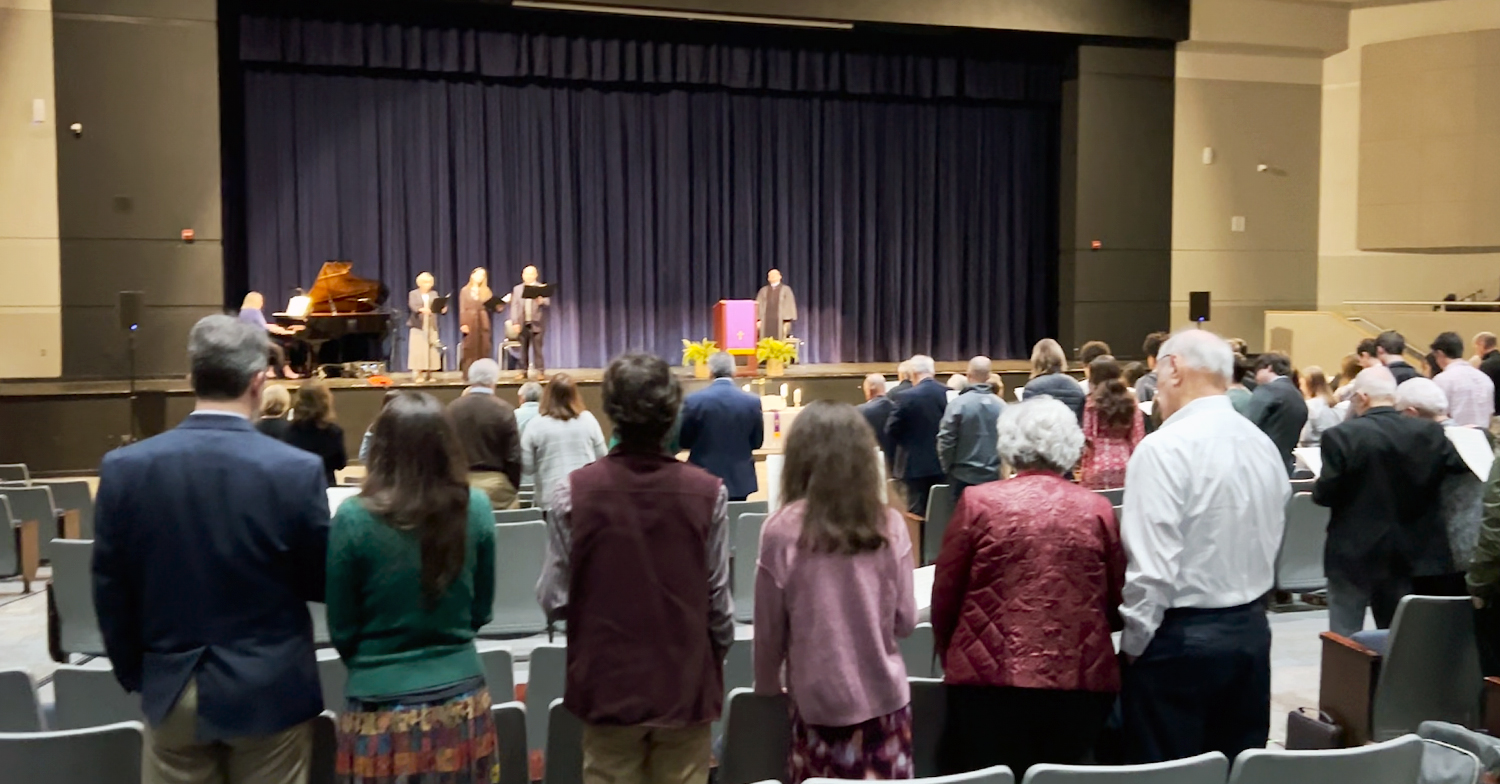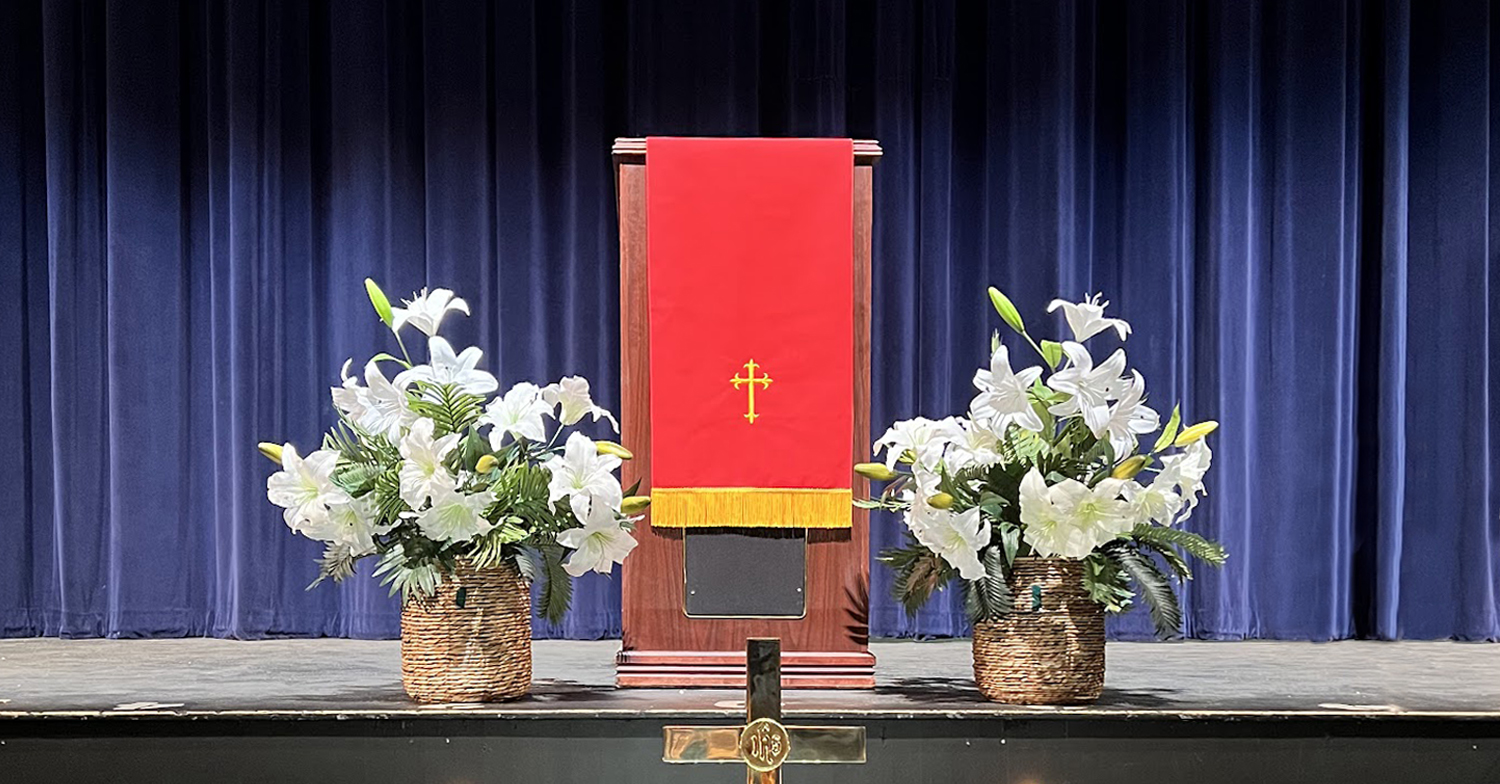Our aim in the worship service is to glorify and enjoy God, giving Him the honor and praise due His name as He ministers to our souls by His Spirit and Word. We structure our services on four key principles gleaned from Scripture:
-
Worship is dialogical
At the dawn of the old covenant, Israel gathered for worship at the tabernacle which they properly called the “tent of meeting.” Likewise in the new covenant, we still come to meet and hear from God through Jesus our Mediator. We believe that when we gather on Sundays, we meet with God in a special way to hear from Him and for Him to hear from us. What goes on is something of a divine dialogue, and a thoughtful liturgy will be structured to reflect the back-and-forth nature of this encounter.
- Worship is governed by God’s Word
We believe only God’s Word can regulate what goes on in the worship service. The primary audience in worship is God, not us. Therefore He should speak first and most. True worshipers say, “Speak, for your servant is listening.” Reformed liturgies are guided by God’s Word, ensuring that we are offering nothing that is out of accord with what God expressly desires.
- Worship is participatory
This is in contrast to a performance principle, which suggests that churchgoers come to passively observe worship being done for them. Many churches have embraced a performance model, misguiding those who attend to assume they come to church to watch, not to worship. A liturgy in the Reformed tradition enables corporate participation through singing, prayers, and creedal confessions. The Scriptures are read and exposited by the minister in a way that is clear, relevant, and applicable. In a word, Reformed worship is accessible to the congregation.
- Worship is gospel-focused
By this we mean that the worship service itself proclaims the gospel. This suggests a particular structure to the various elements that in their progression teach us who God is, who we are, and how Christ makes our meeting possible. Therefore, after being called to worship by a holy God and expressing our adoration, we humbly confess our sins before Him and are assured of God’s forgiveness in Christ. Next, having been declared forgiven we are consecrated as God’s people by the hearing and preaching of His Word. Whenever we come around the Lord’s Table, we not only hear the gospel but also see it displayed before our eyes. It is a visible confirmation that we are deeply loved and truly reconciled. Lastly, God commissions His people with a blessing to love and serve the world for His sake. We could never do that in our own strength, but only with the grace given to us in the gospel.
Purple is the color used during Advent and the season preceding Easter. It symbolizes preparation.
Green is the color of Ordinary Time. Ordinary Time is any time of the year between Easter and Advent and between Christmas and Lent. Green symbolizes life, hope, and anticipation.
Red is typically used during Palm Sunday, Good Friday, and Pentecost. This color signifies God’s love, blood, and fire.
White is used during Christmas and Easter. This color signifies the birth and resurrection of Christ. White symbolizes purity, light, glory, and joy.

